
Watch: Debora Moore
A pioneer of glass techniques, this renowned creator is one of the few Black female artists in her medium.
From intricate portraits to multistory murals, the artists bring Black history and bold color to the cityscape.
by Editorial Staff / June 1, 2022
On Union Street in Seattle, between 23rd and 24th avenues, two buildings speak to each other through proximity, history and art.
On the north side is the Liberty Bank Building, an affordable housing development on the site of the Pacific Northwest’s first Black-owned bank. The 2019 building’s facade was designed by Al Doggett, a longtime Seattle artist who incorporated a joyous mural featuring a dancer, a saxophone player and a raised fist trailing the red-black-green of the Pan African flag.
Across the street is the new Midtown Square apartment complex, flush with Black art installations, as well as a color-splashed exterior designed by Seattle artist Barry Johnson, who says he drew inspiration from the energy of jazz and the rich palette of painter Jacob Lawrence. That buzzing you hear is the sound of Black art returning to the historically Black Central District, a neighborhood that has experienced massive displacement over the past several decades.
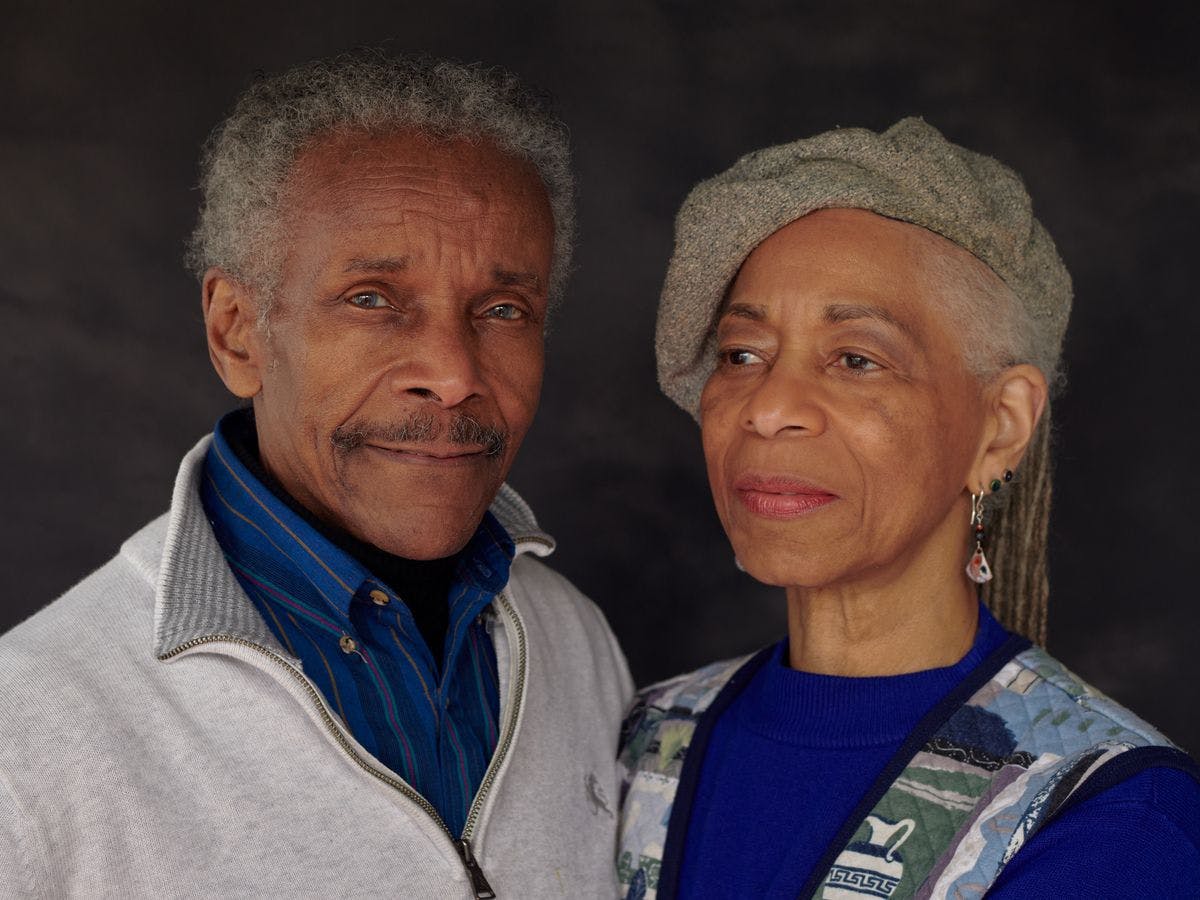
Illustrator and graphic designer Al Doggett moved to Seattle from New York in the 1960s after studying graphic design and illustration at the Fashion Institute of Technology and working in advertising. In 1967, he opened his own Seattle studio and created illustrations for Seattle businesses while at the same time maintaining his fine art and portrait practice. He also became involved in the performance company Black Arts/West, designing assorted promotional materials for the group, and even performing, too.
With a house and studio in the Madrona neighborhood, Doggett has also collaborated with his wife, Esther Ervin, a sculptural artist who served as co-curator for the art at the Liberty Bank — a project that fostered a community of contributing Black artists, including Aramis O. Hamer, Lisa Myers Bulmash and Inye Wokoma (co-founder of the Central District art space Wa Na Wari.)
Barry Johnson is a self-taught painter and muralist who similarly works in community with Black artists — such as during the summer of 2020, when he joined what would soon become known as the Vivid Matter Collective to paint the powerful “BLACK LIVES MATTER” mural on a Capitol Hill street during the protests against police brutality.
Originally from Kansas, Johnson now lives with his family south of Seattle as a painter, installation artist and sculptor. He recently created the bronze statue of Seattle artist James W. Washington Jr. that now stands at Midtown Square. Johnson explores art and identity by changing up his practice, shifting through mediums to find the most true expression of a concept, from vibrant self-portraits to symbolic installations to his 2016 children’s book, Oh What Wonderful Hair (based on styling his own daughters’ hair).
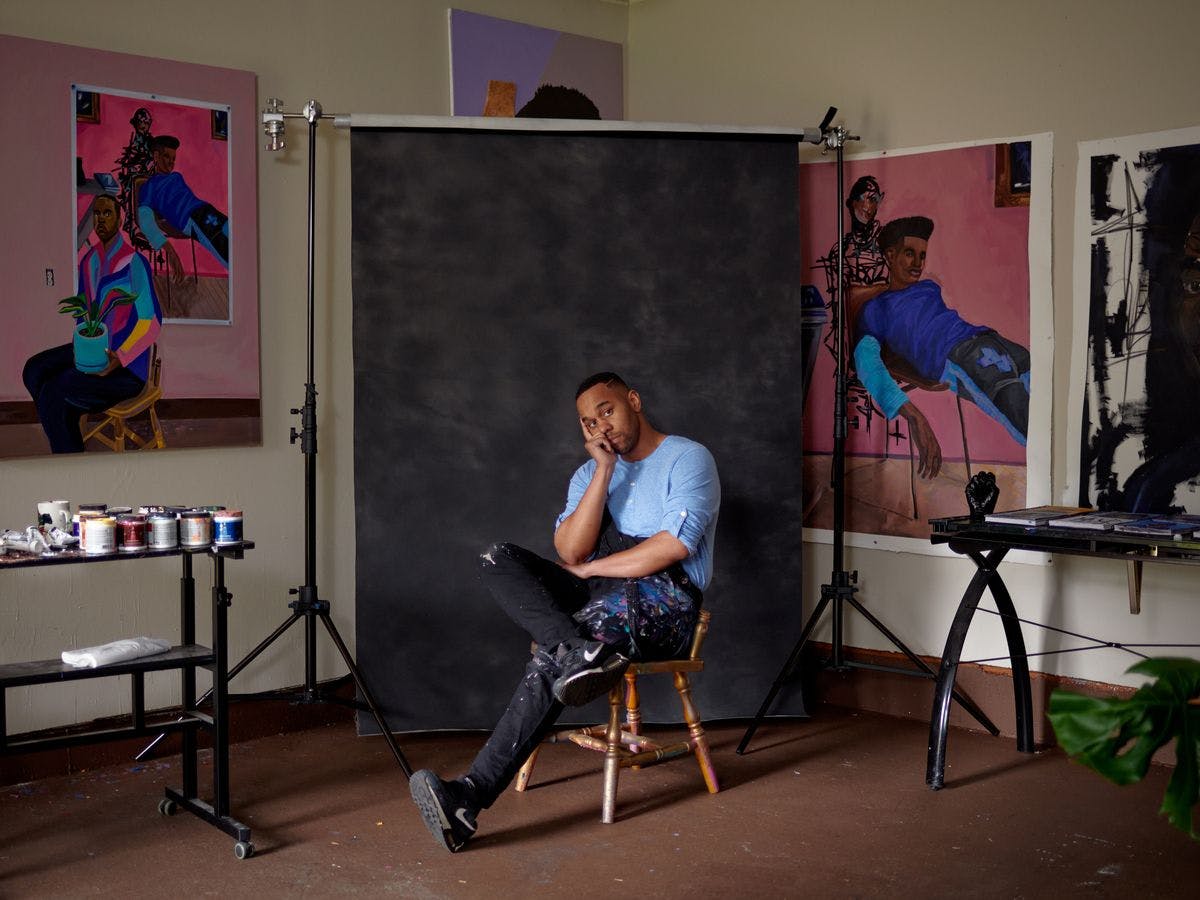
Unlike Doggett, who has decades of experience, Johnson is just getting started. But he has had shows at multiple Seattle galleries, is embarking on a new project as artist in residence at Amazon and continues making public art works, such as a new MoPOP mural honoring music legend Quincy Jones, which he created with fellow Vivid Matter Collective artist Moses Sun. Both Johnson and Doggett are using their artistic skills to commemorate the history of Black art in Seattle, while at the same time making a permanent mark on the changing cityscape.

A pioneer of glass techniques, this renowned creator is one of the few Black female artists in her medium.
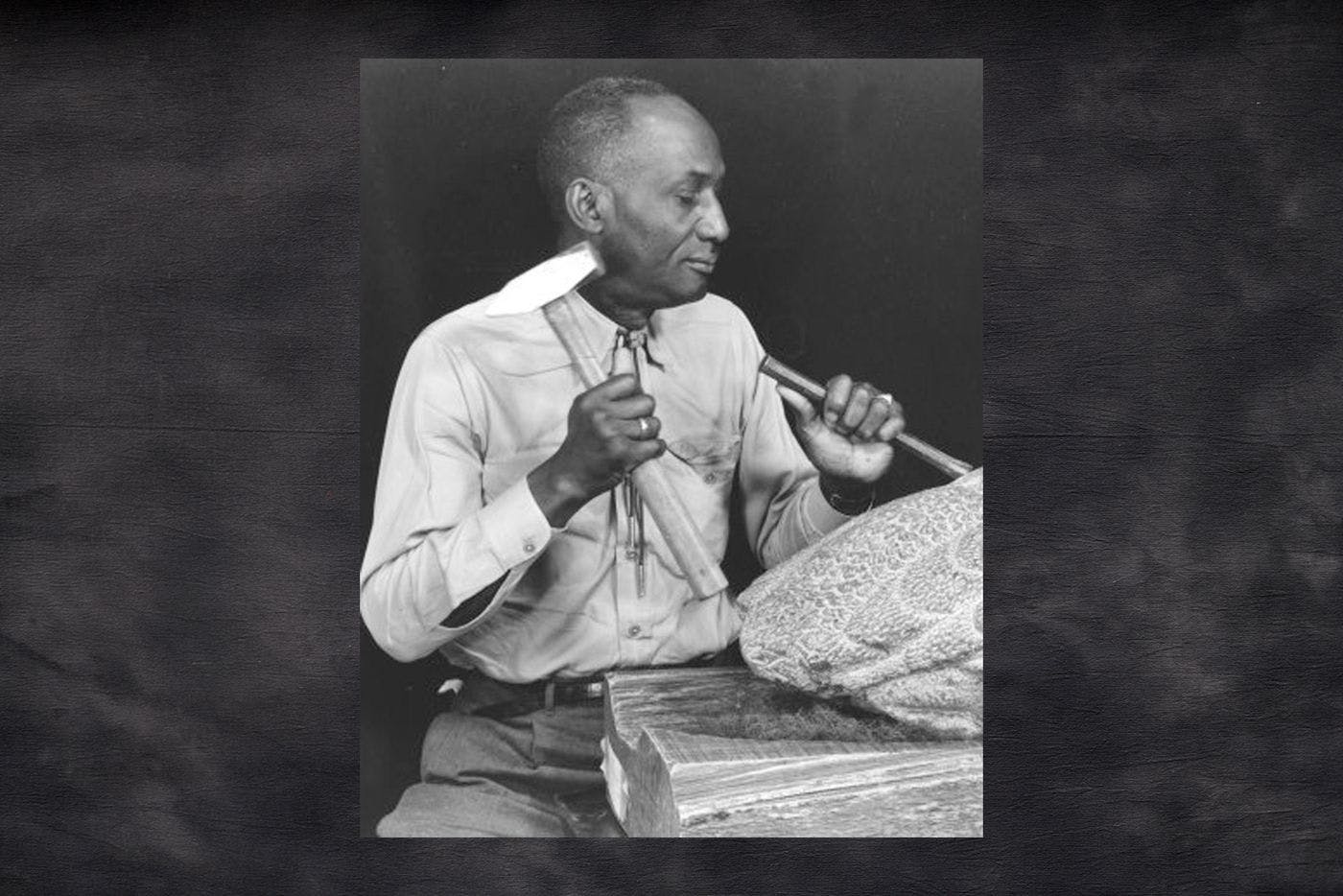
An influential member of the noted Northwest School, the Central District sculptor turned his home into a community center for artists.
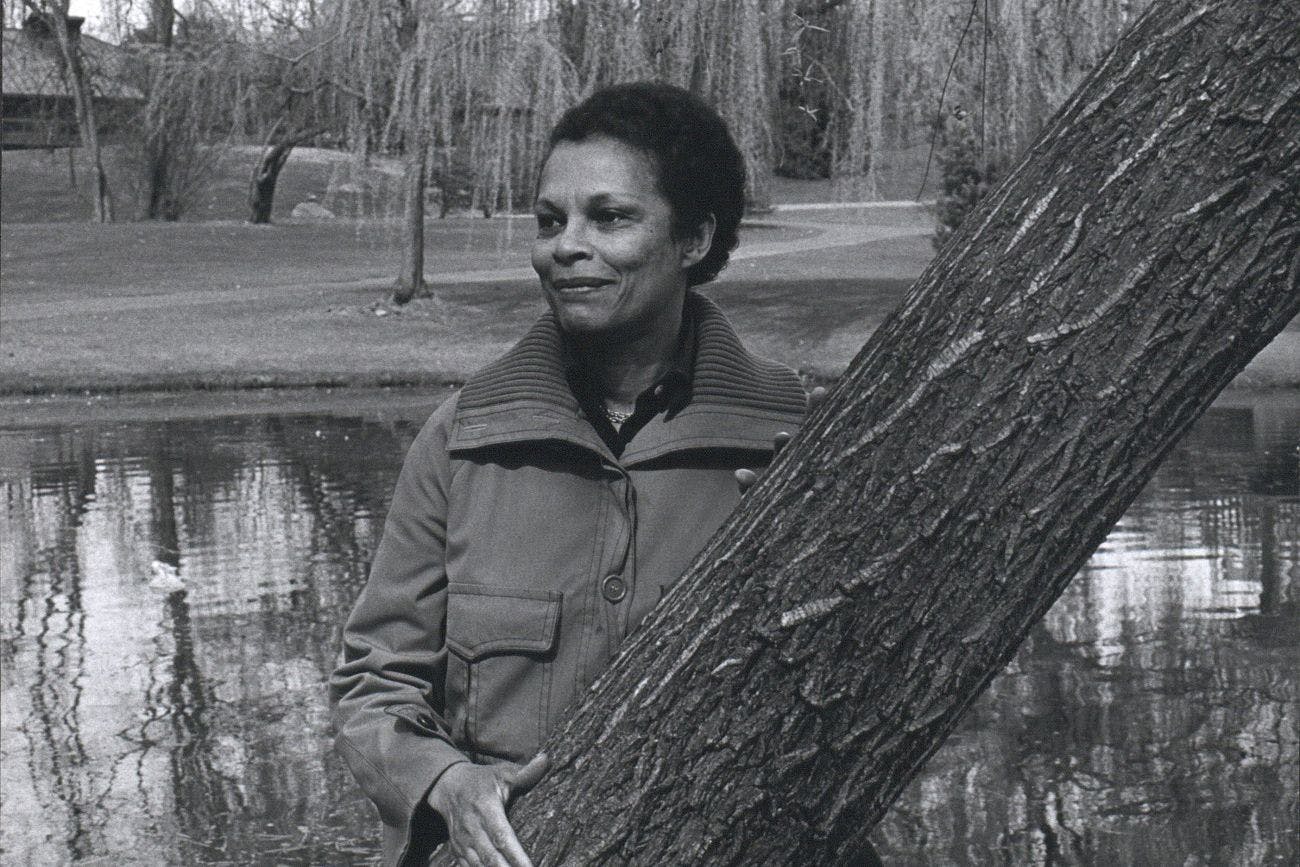
As a direct connection to the Harlem Renaissance, this often overlooked painter inspired generations of Seattle movers and shakers.
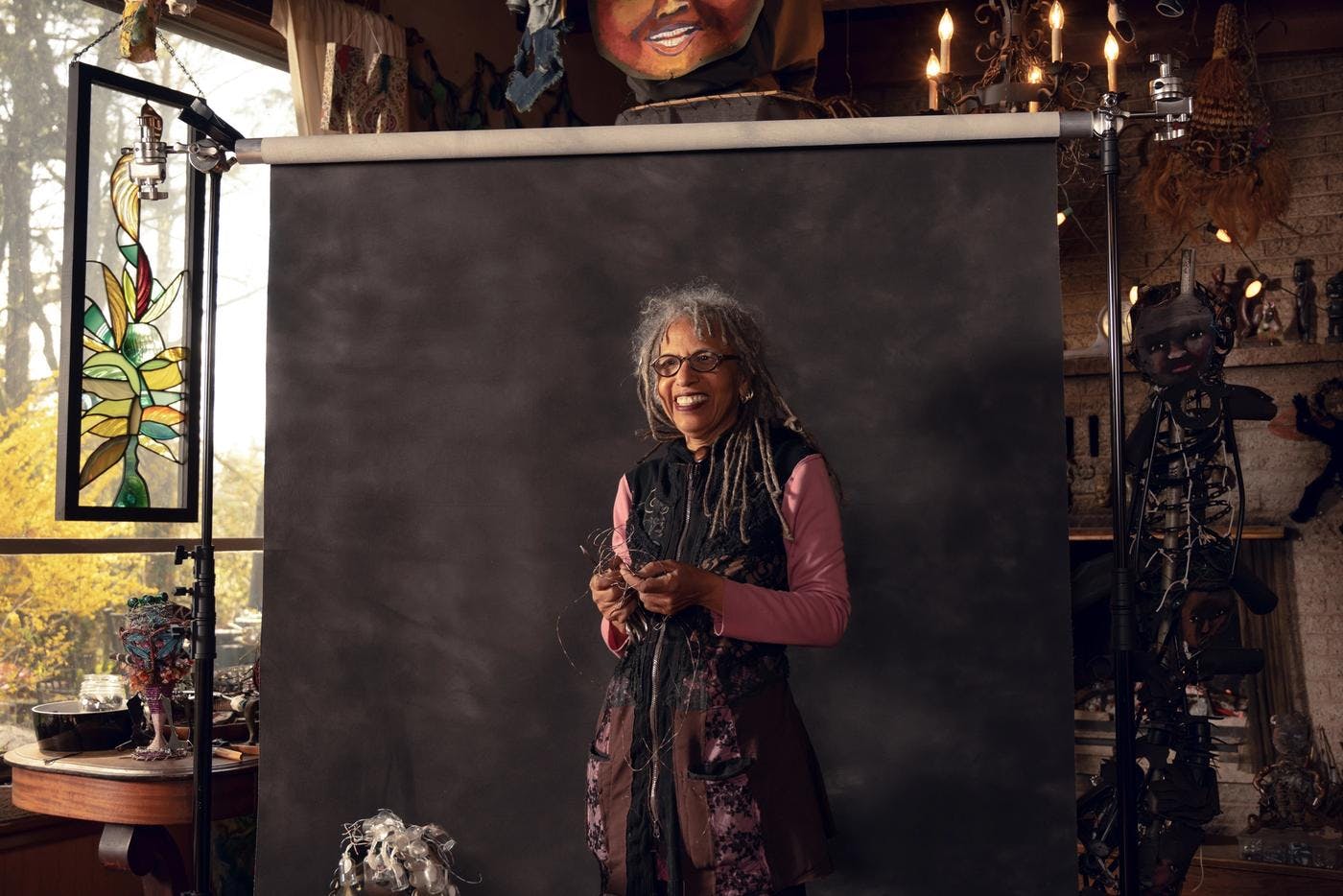
Salvaging old cloth and scrap metal, the longtime Seattle sculptor finds beauty in what’s discarded.
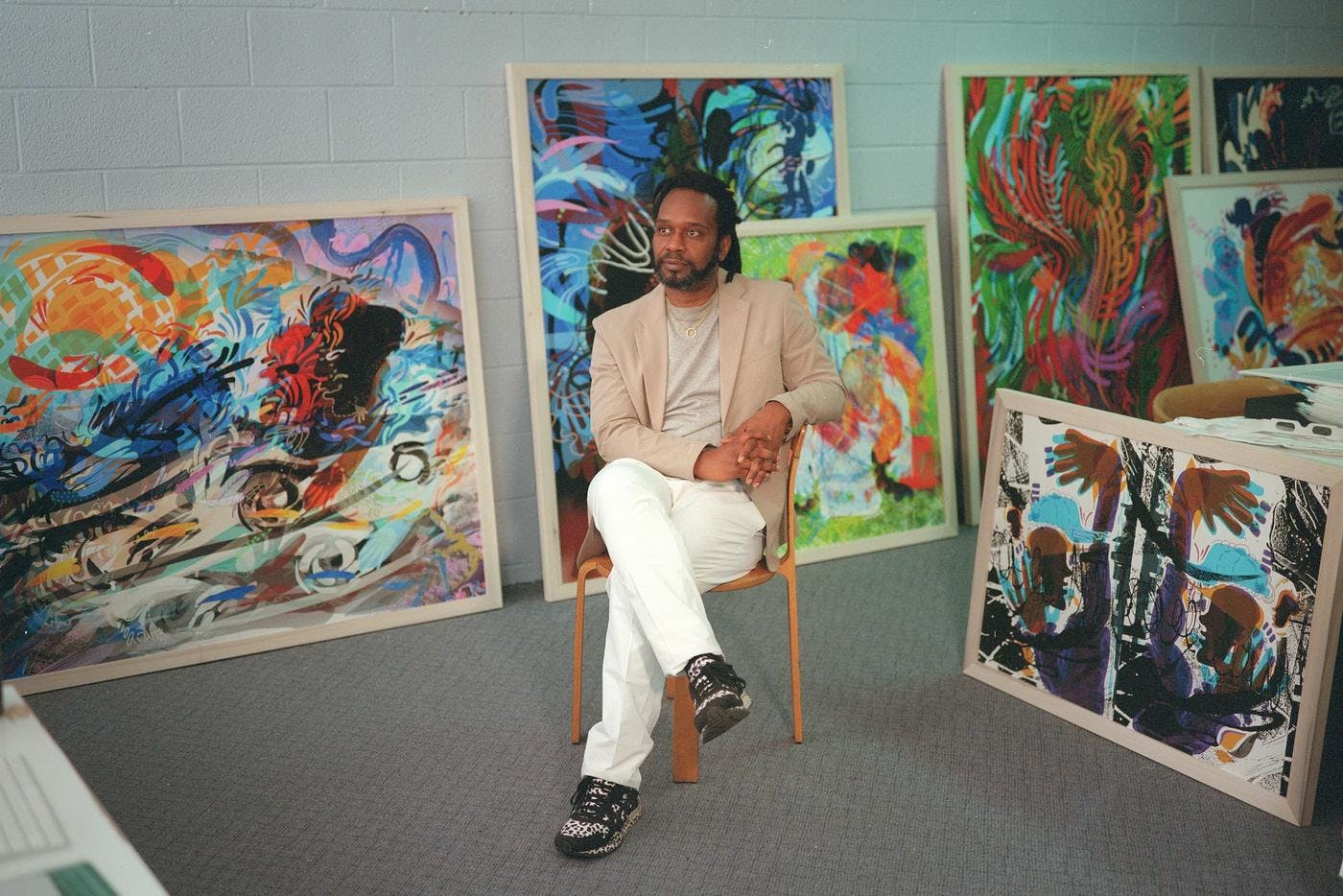
This Seattle artist channels his personal history and activism into vibrant murals and abstract paintings.
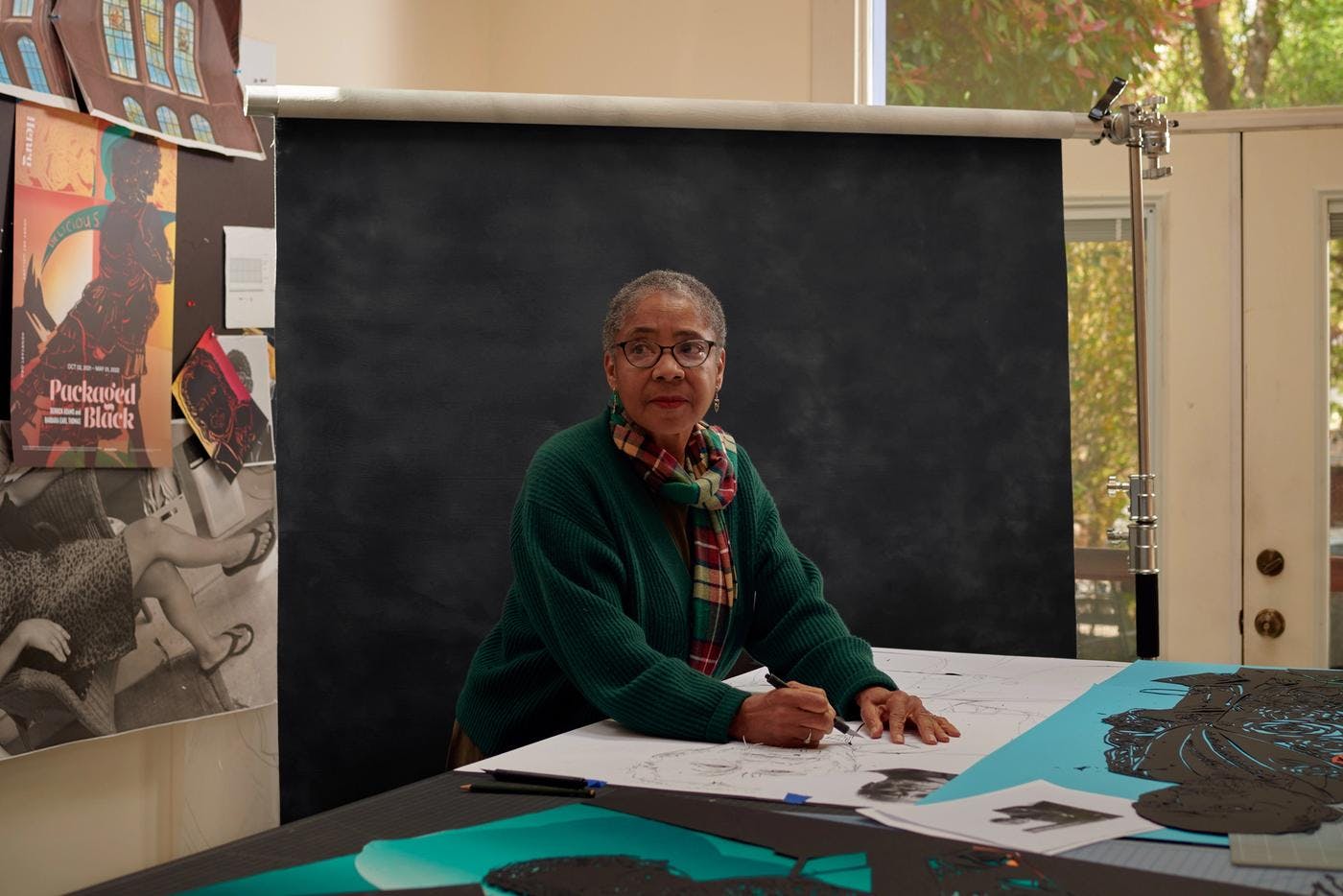
With meticulous skill and a communal approach, the longtime Seattle artist has cut her own path.
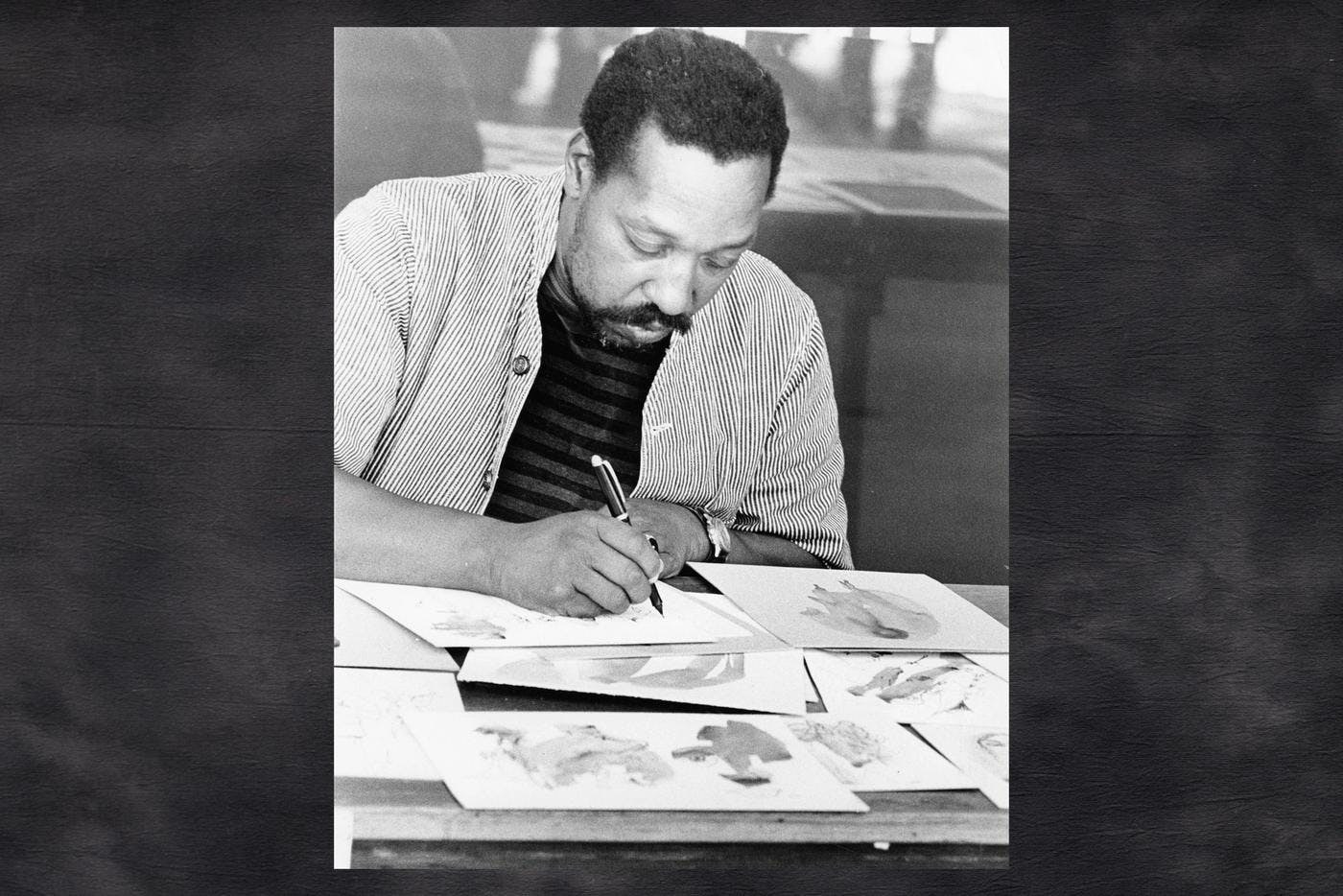
The first Black art instructor in Washington was an experimental artist ahead of his time.
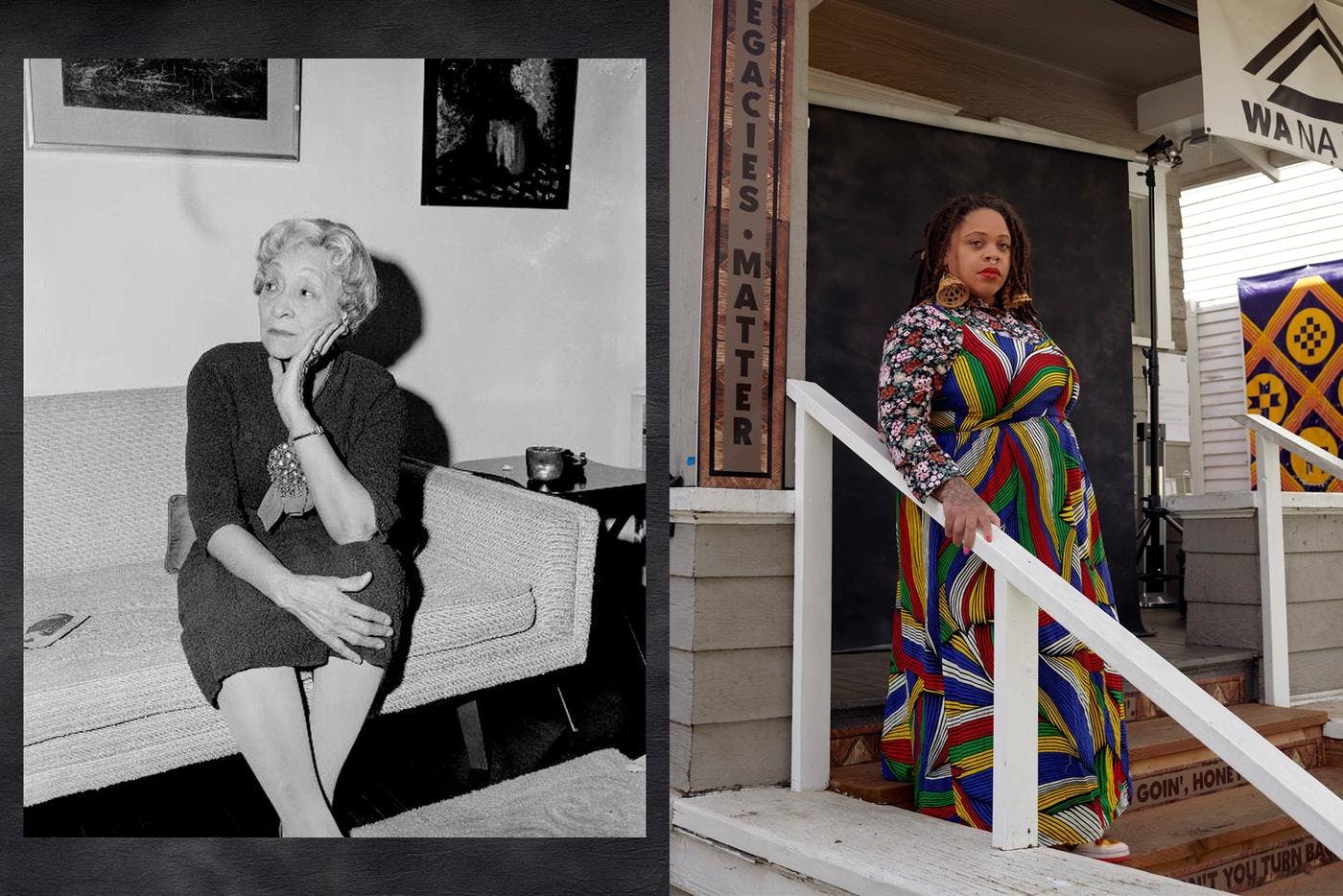
Two curators separated by decades turn homes into galleries to support artists.
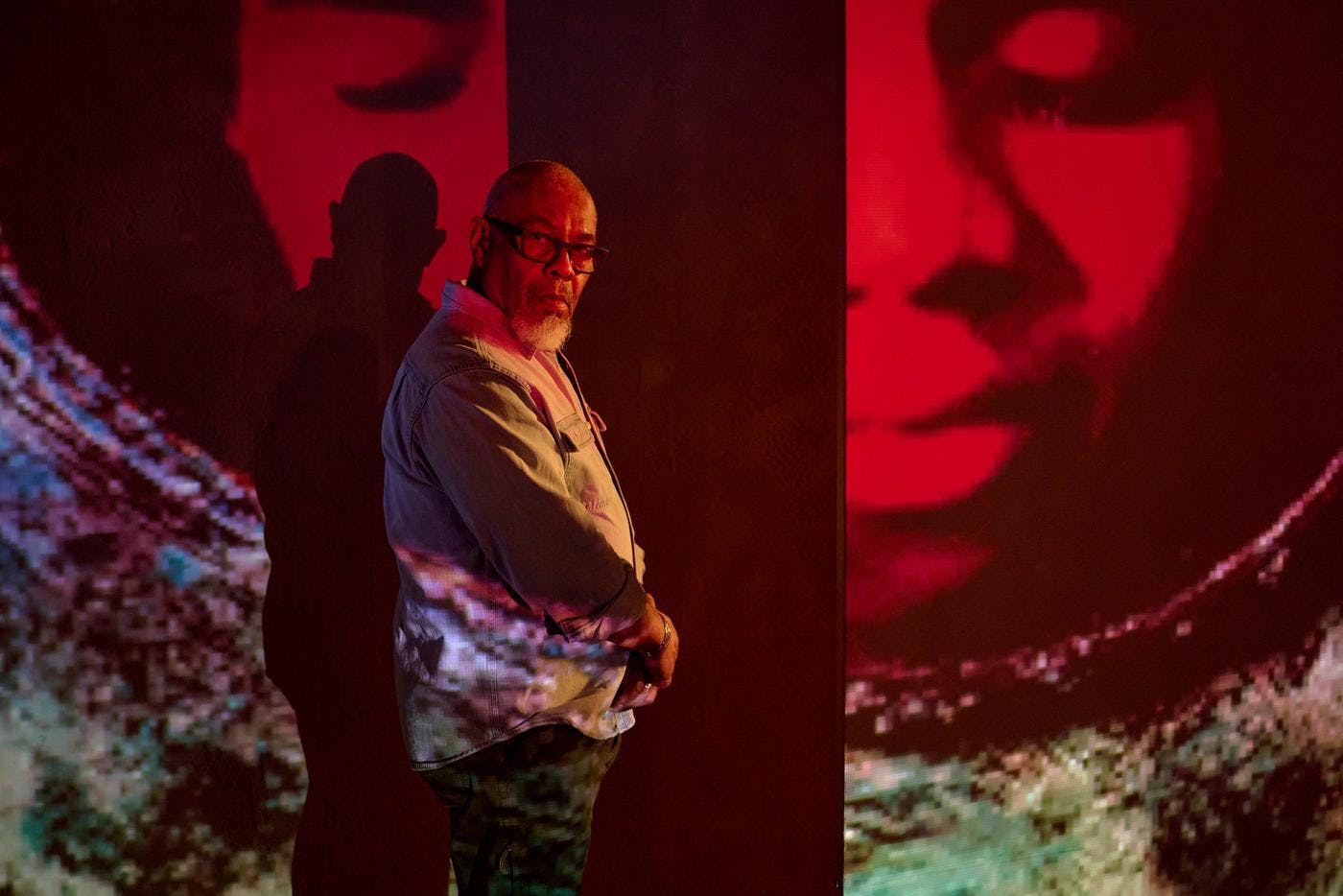
The influential art teacher uses books, found objects and photography to provoke thought and shift perception.
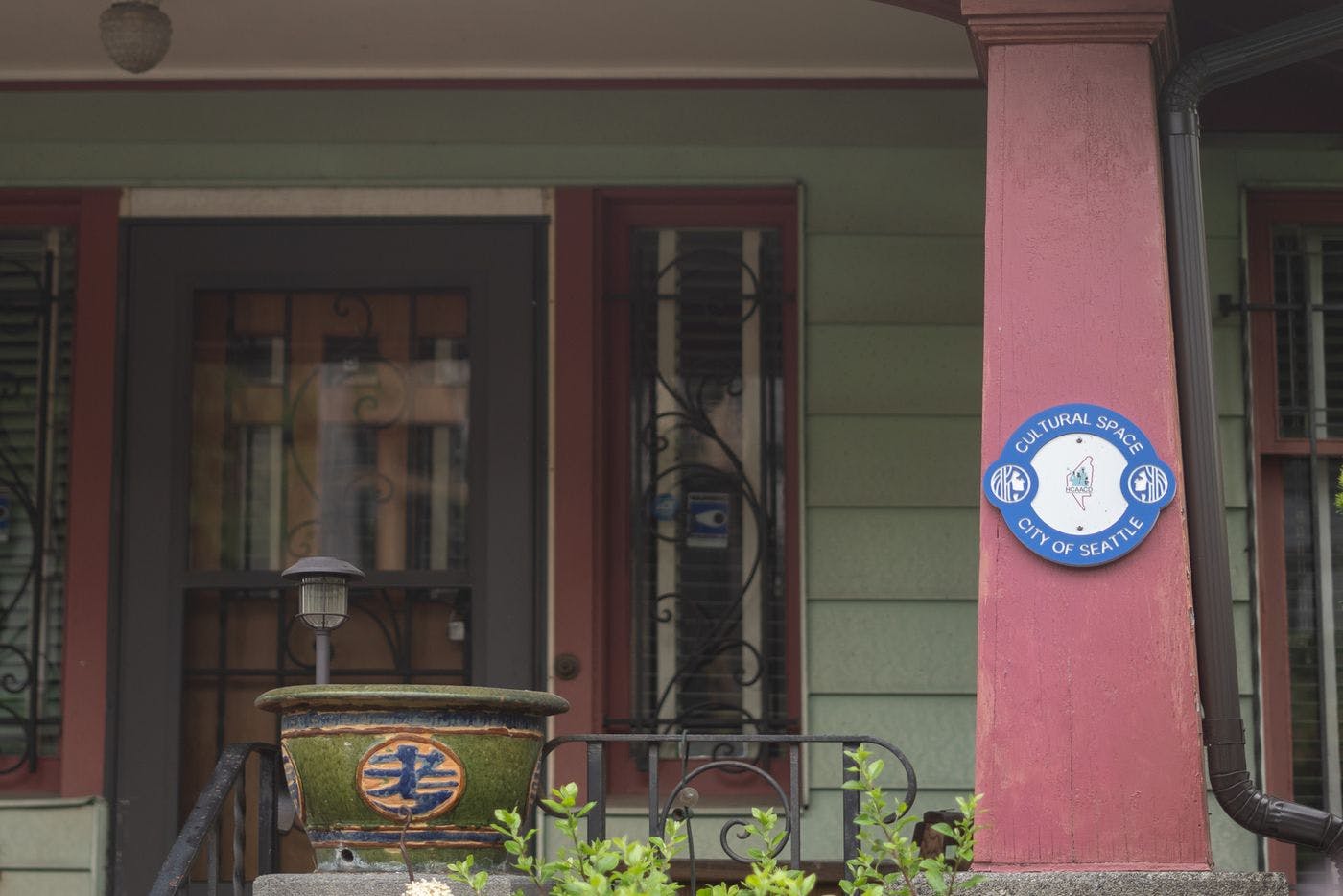
The late couple's house is now a cultural center that inspires the next generation.
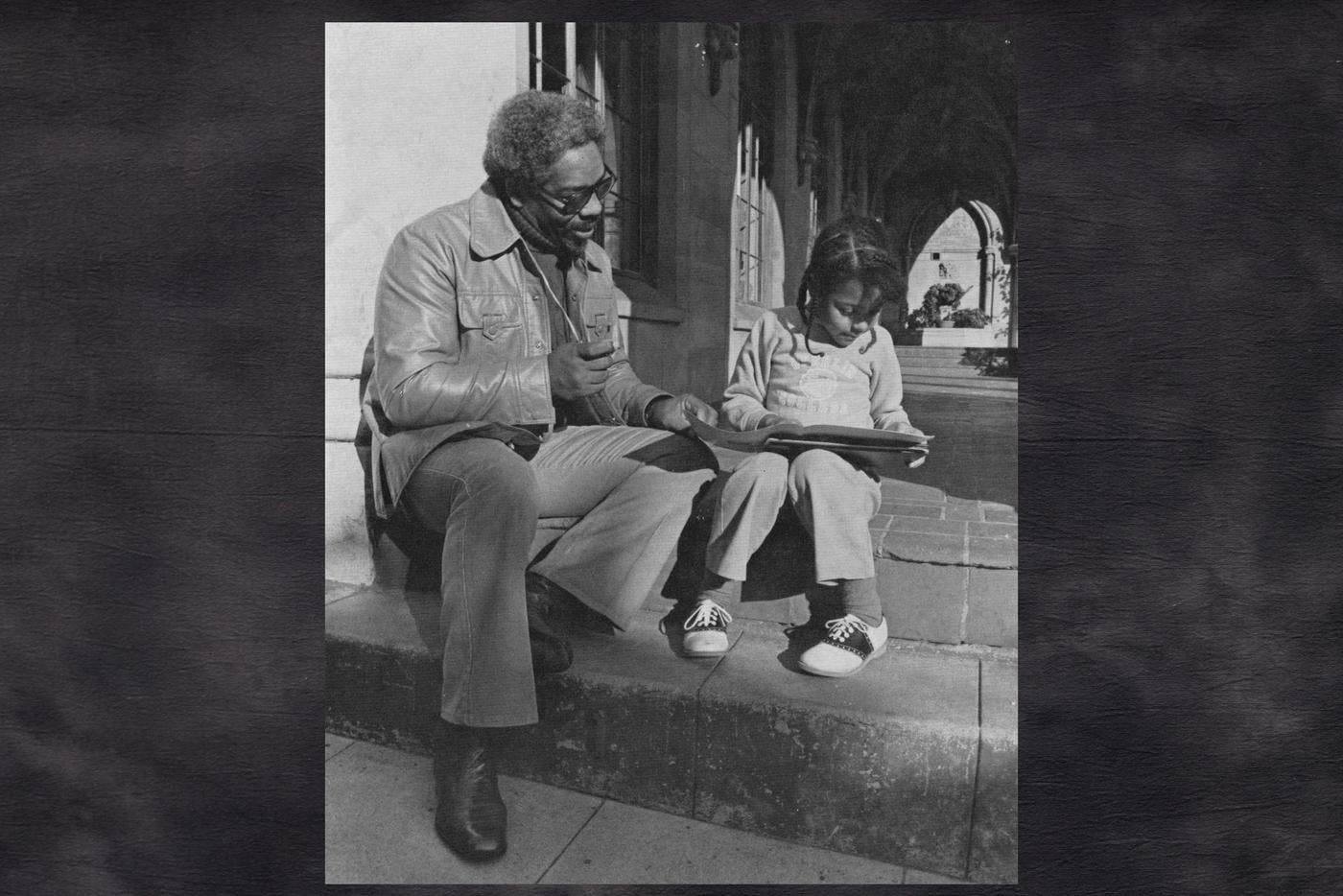
The late director, producer, stuntman and teacher used film and video production to lift up the voices of Seattle’s Black community.
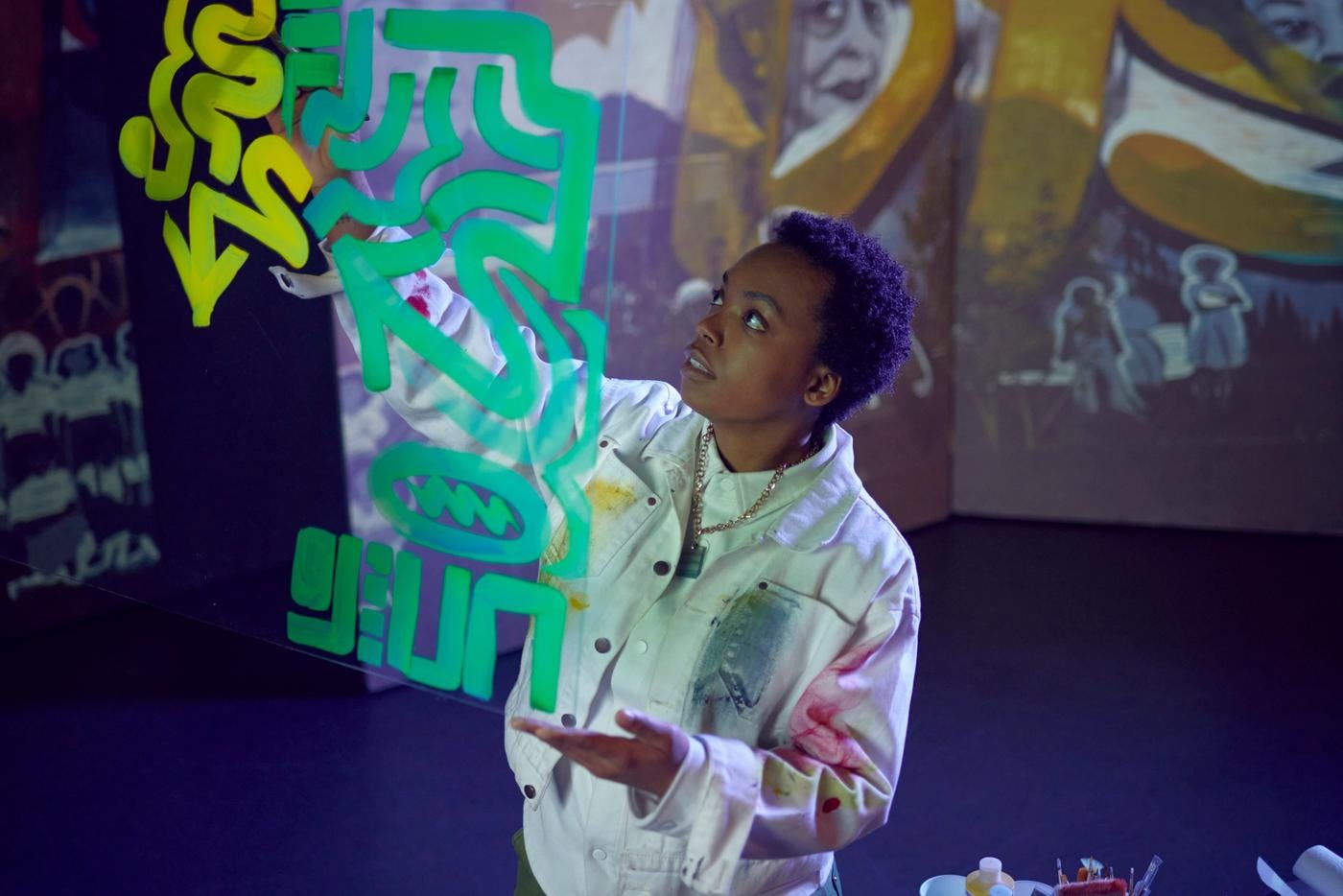
Through public murals, collaborative projects and custom sneakers, this artist is leaving her footprint on Seattle history.
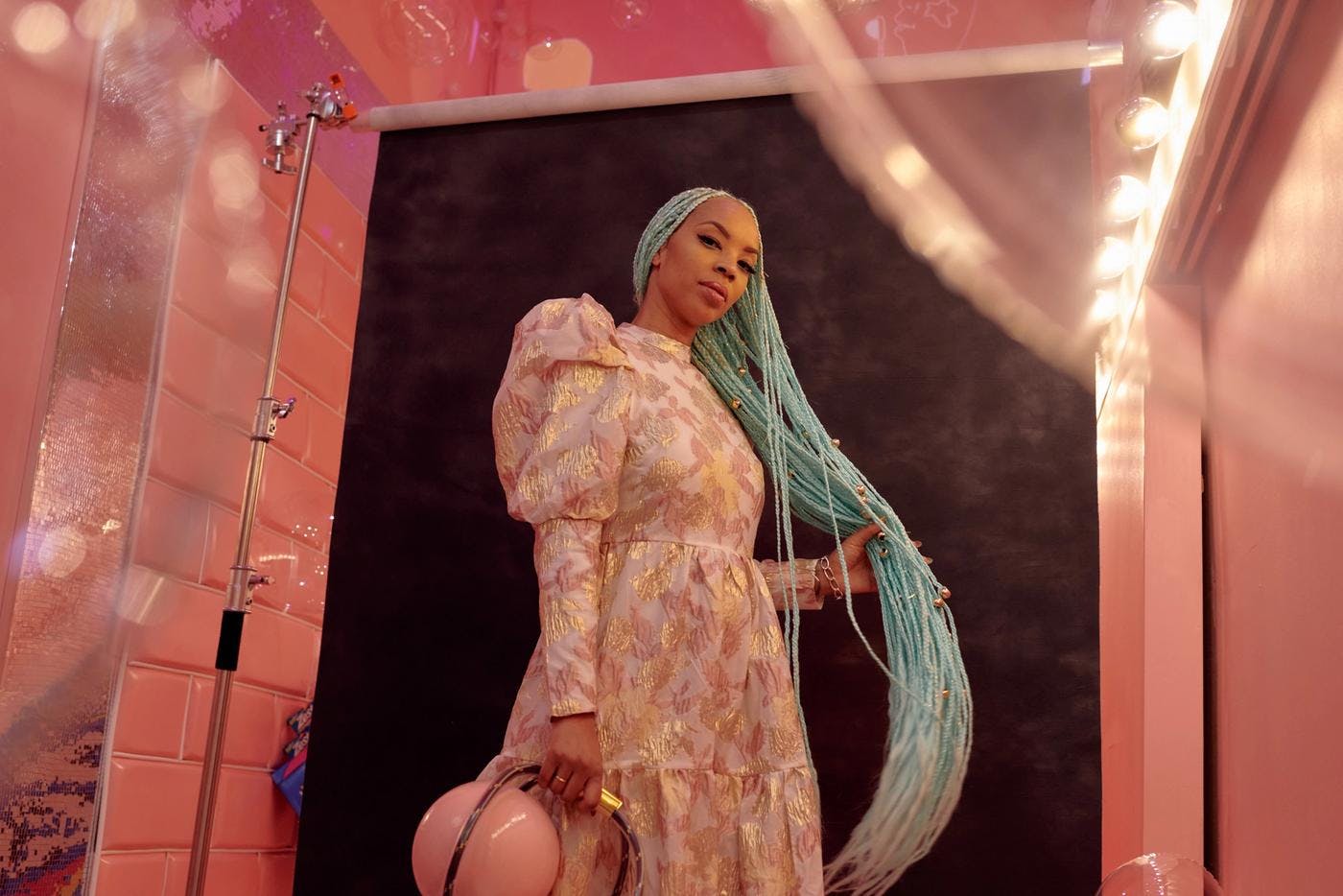
The curator, gallerist and artist is resisting the art establishment with bold immersive experiments.
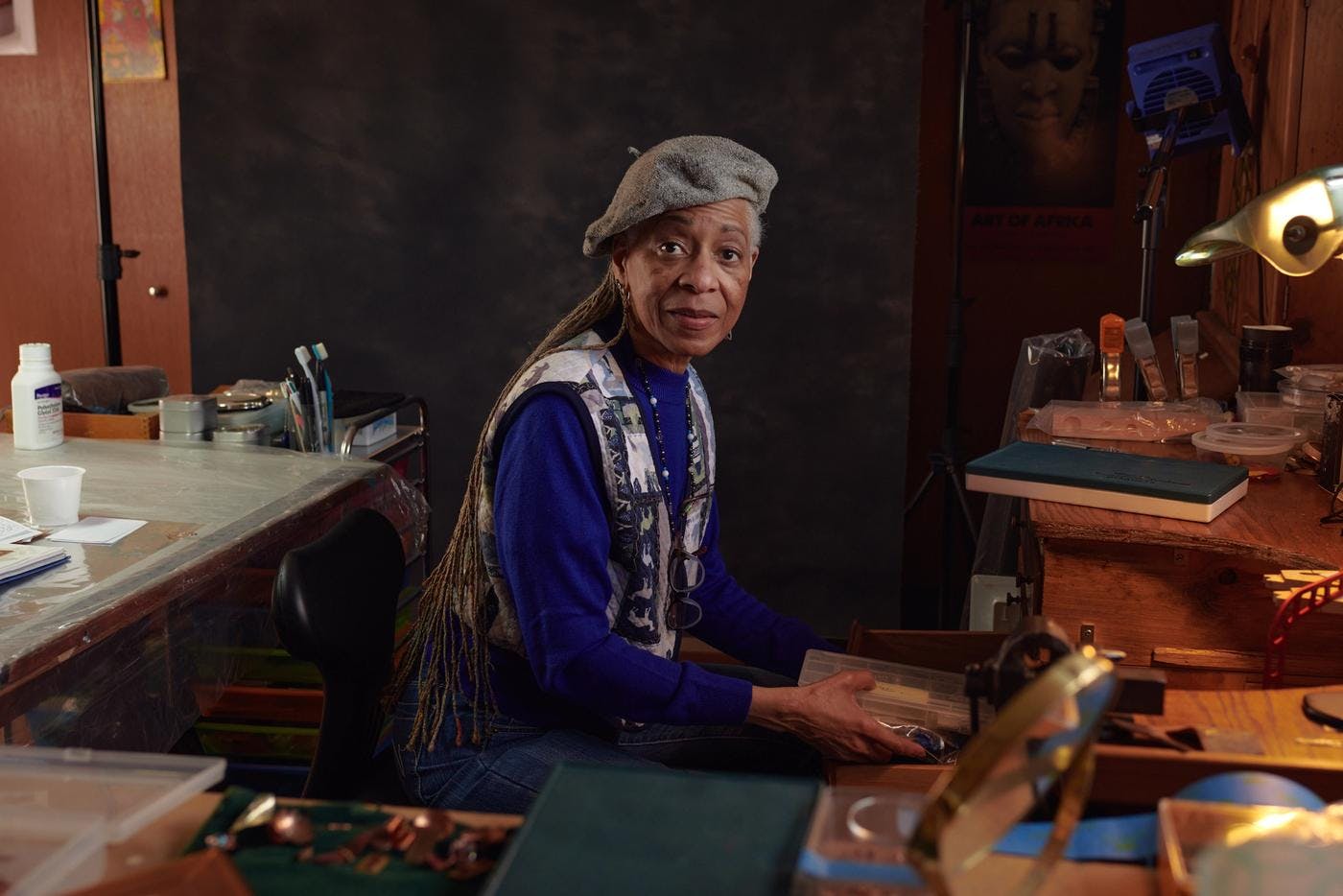
Through ceramics, sculpture, jewelry and public art, the multifaceted artist makes Black history tactile.
Thanks to our Sponsors
Your support helps Crosscut create projects like Black Arts Legacies. Learn how you can help with a one-time donation or recurring membership.
Support Crosscut